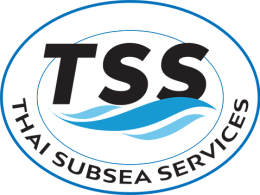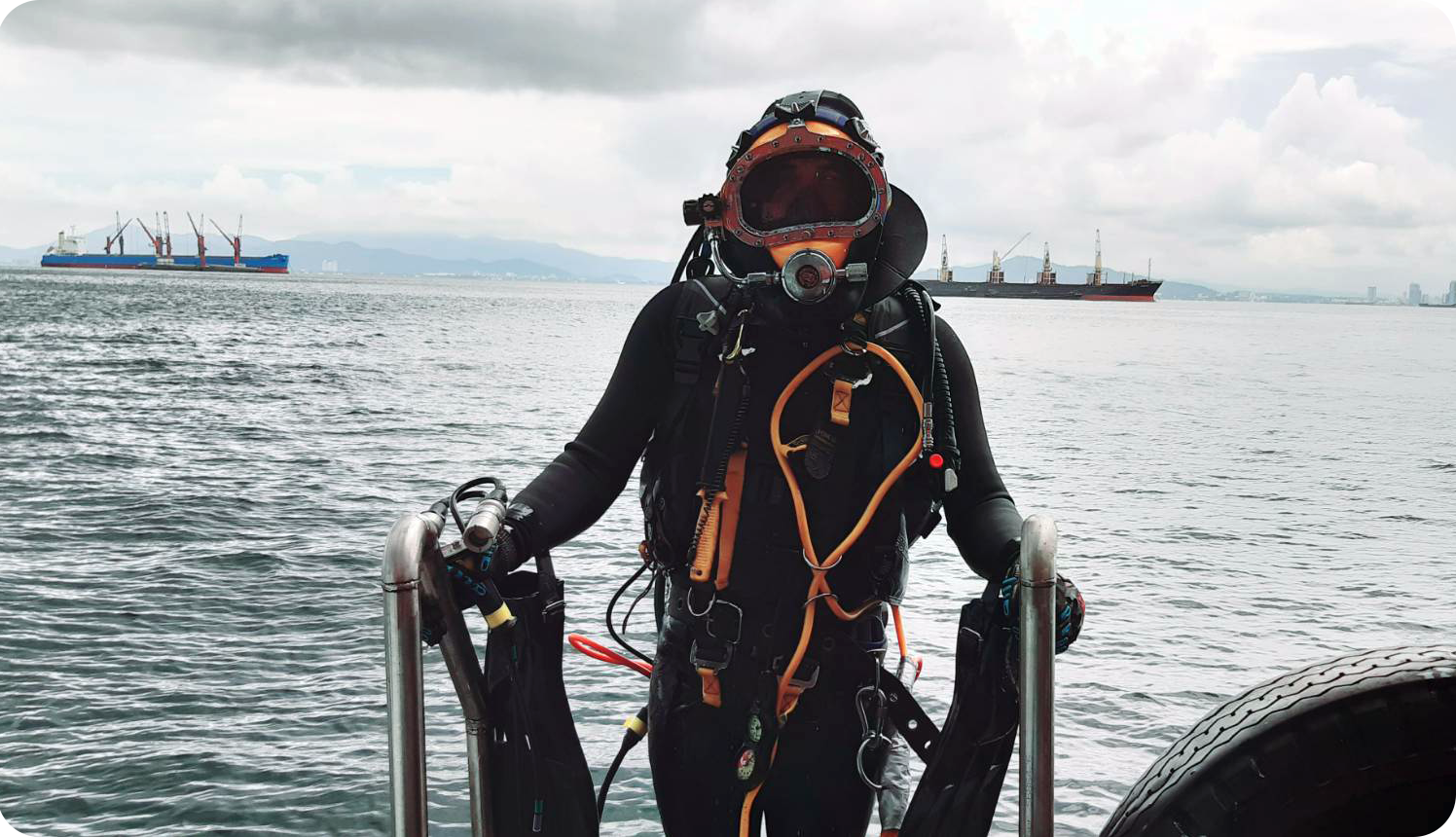What is a Rudder?
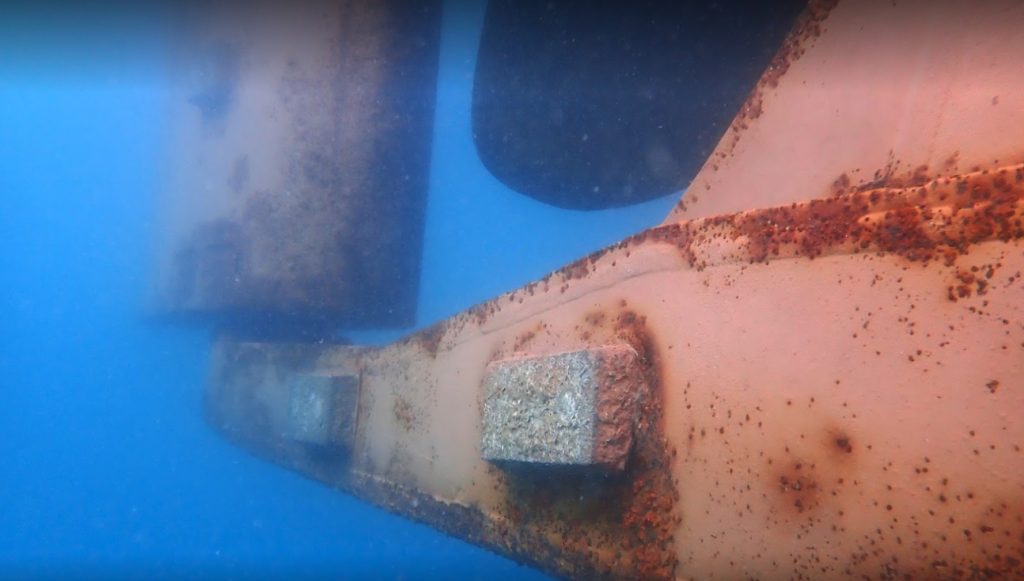
As with other types of vehicles moving through a medium, a ship relies on its rudder, and in a broader sense, its entire steering gear assembly, to navigate to its destination.
In essence, a rudder is a flat blade, mounted at the stern of a vessel behind the propeller, which redirects seawater past the vessel’s hull while in motion, thus directing the path of the ship.
It’s a basic concept, but, as you will find in this article, its importance is quite fascinating!
History
Historically, ancient boats and their crew would utilize rowing oars mounted over the side of a vessel to propel the vessel forward, with a significantly larger oar, called a steering oar, mounted near the stern to assist in directing their craft.
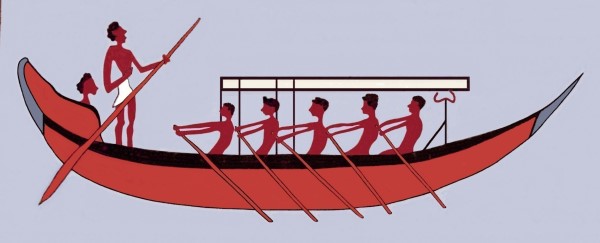
However, the first depiction of what would be considered “modern rudder” is credited to the Chinese sailing junks.
Dating back to the 1st century, these vessels used the first sternpost-mounted rudders, which were attached to the rear of the vessel using wooden sockets and rope tackle systems to raise and lower them into the water.
This simple historical engineering development was instrumental in changing the way the world sh increasing maneuverability, safety, and the achievability of building bigger ships. Thus, kick-starting and opening the shipping industry up to its unlimited potential that we see today.
Modern Rudders
Still using the same principles as ancient times, the modern rudder found in the present commercial shipping industry improves on this, employing more advanced technologies and construction materials.
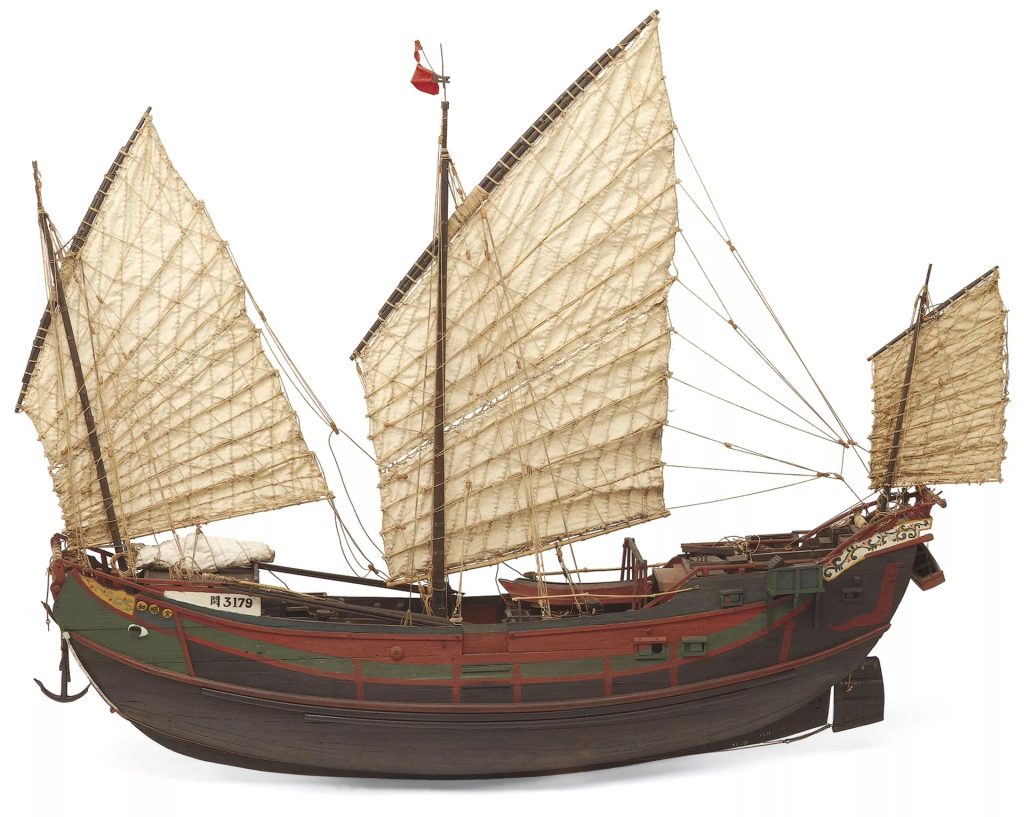
Modern rudders are made from steel and are built into hydrodynamic-efficient shapes and configurations to improve speed, stability, manoeuvrability, and fuel consumption for their respective vessel types.
There is plenty of variety in steering gear configurations, from Spade, Balanced, and Semi-Balanced.
They are often pushed to Starboard and Port by hydraulic rams and swing on their axis via hinges and bearings.
They are still mounted to the stern vessel, however, these days, the rudder is activated by a helmsman turning the wheel inside the bridge.
How Does It Work?
When activated, the rudder moves in the direction of lower pressure. The direction of the rudder forces the ship’s stern in the same direction, with the pivotal point at the vessel’s amidships. As the stern moves one way, the bow moves the opposite way, causing the vessel to turn.
Fast Facts
- Rudders are most effective when used at an angle between 15 and 30 degrees.
- A maximum rudder angle is 35 degrees. Beyond this, efficiency is reduced significantly due to the formation of eddies at the back of the rudder, as the flow is no longer streamlined. Eventually, stalling out.
- Rudder designs are incredibly complex! Their configurations are created prior to vessel inception and are bespoke for each individual vessel.
- Rudders can be designed with fins, flaps, and holes to increase turning capabilities, balance, and hydro efficiency.
- Rudders are often designed to be hollow. This provides some buoyancy and minimizes the risk of internal corrosion.
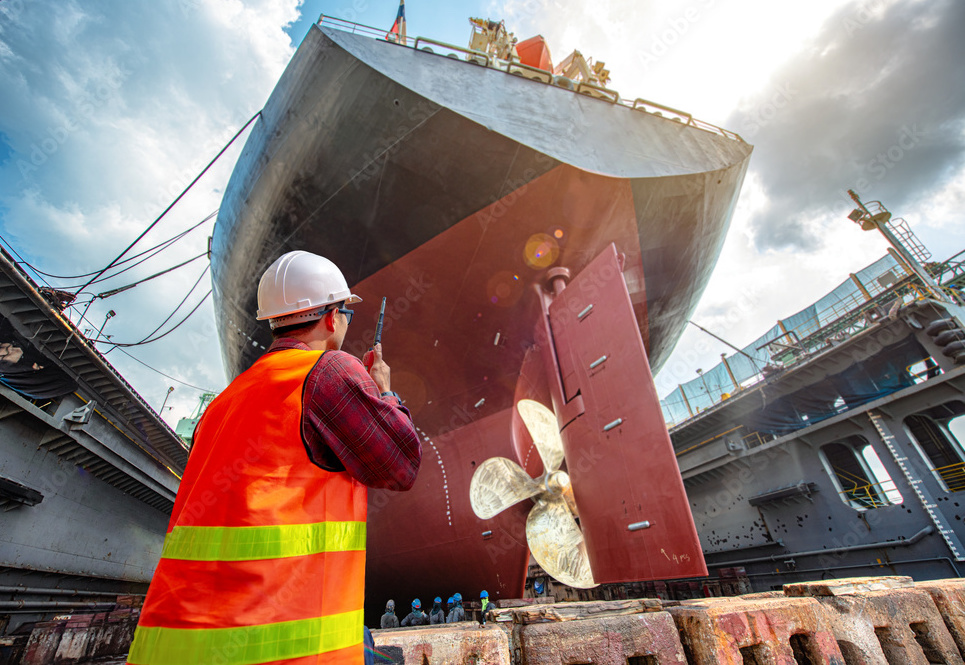
Rudder Maintenance
As with all aspects of a vessel, regular maintenance and repairs are important. A rudder is no different, and arguably, one of the most important.
Since the majority of the rudder’s body is submerged underwater, it is almost impossible to access its condition from the surface. Therefore, commercial divers are tasked with performing underwater inspections and carrying out necessary repair works.
To learn more about the importance of rudder maintenance practices, check out this article:
https://www.thaisubsea.com/2021/06/02/the-importance-of-proper-rudder-maintenance-practices/
Thai Subsea Services continues to operate at the highest standards in the region, earning the moniker “Number One Underwater Service Provider in Thailand”.
Contact us for all your rudder maintenance needs today.
